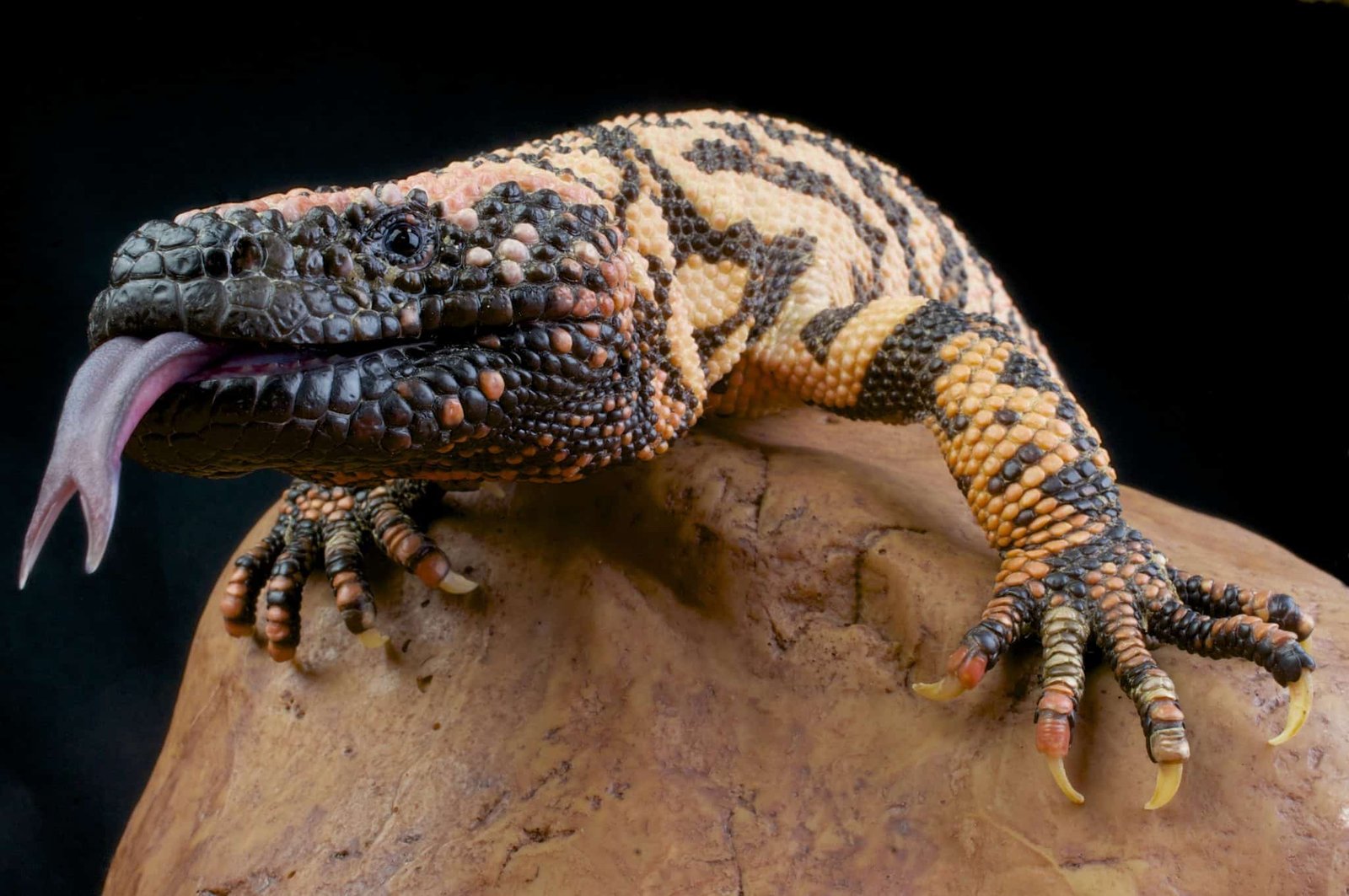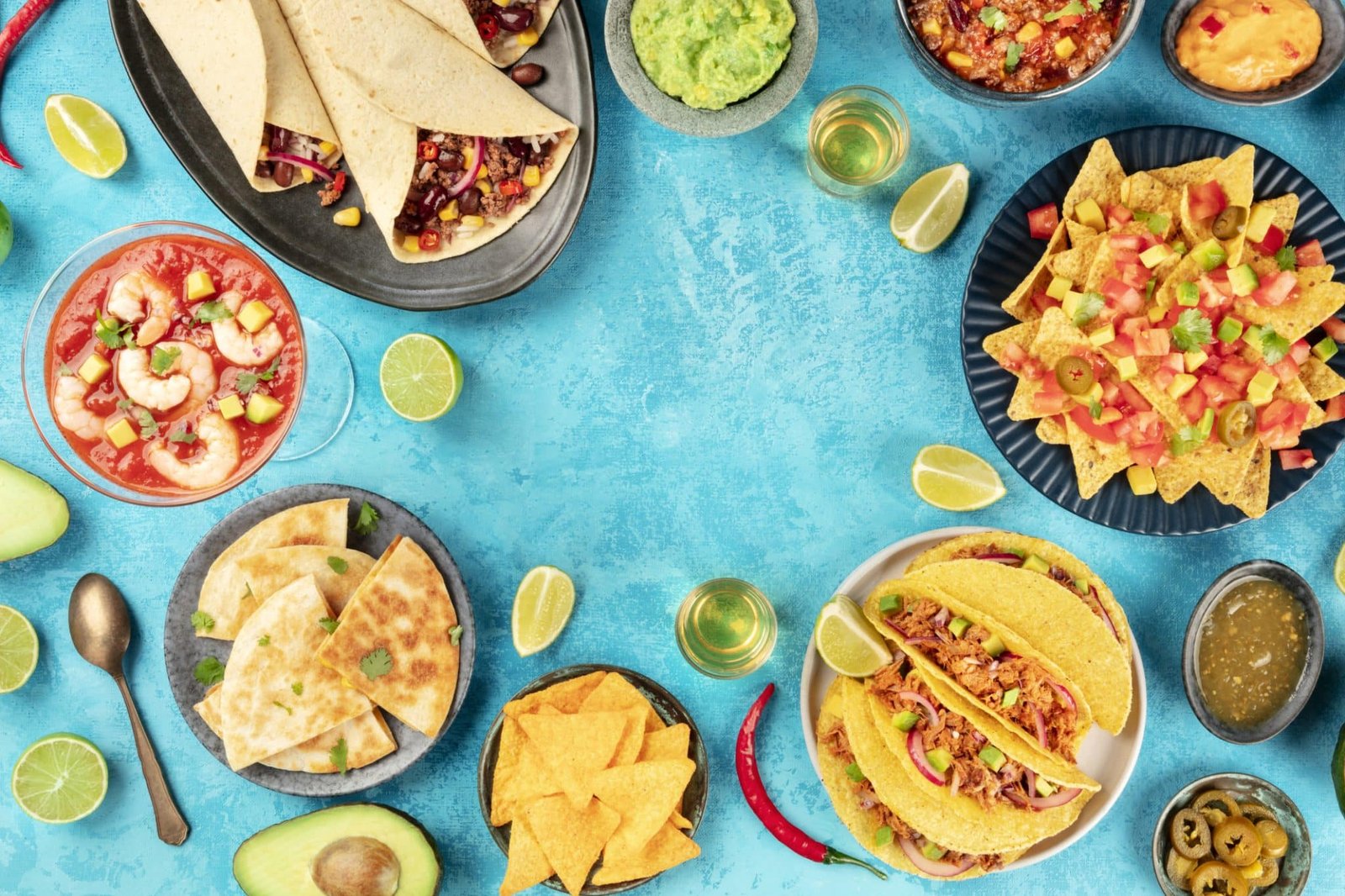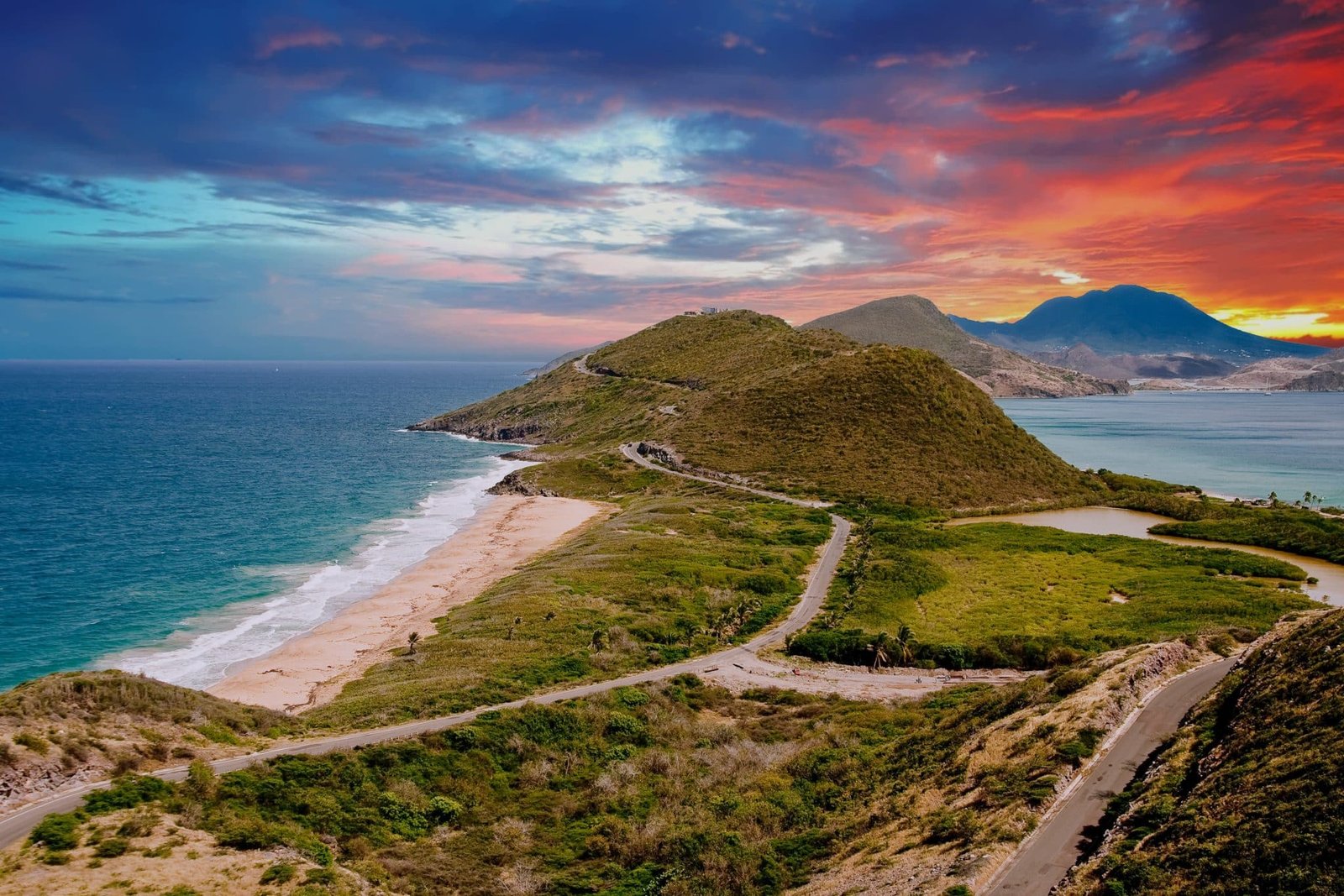Common, Rare & Dangerous Animals In Haiti & Where To Find Them!
Haiti is barely visited compared to its Caribbean neighbours, but its predominantly tropical climate and varied landscape actually makes it a wildlife lover’s paradise.
In fact the deep forests of Haiti are home to rare birds like the beautiful trogon and the only species of hutia in the world, while the waters of this country are home to docile manatees as well as ferocious tiger sharks.
However, deforestation, increasing sea levels, and soil degradation are all a threat to the country’s incredible biodiversity.
So read on to discover the sort of common, rare and dangerous animals in Haiti you could meet on holiday, and tips on where to find them.
CONTENTS:
- Common Animals in Haiti
- Dangerous Animals in Haiti
- Endangered Animals in Haiti
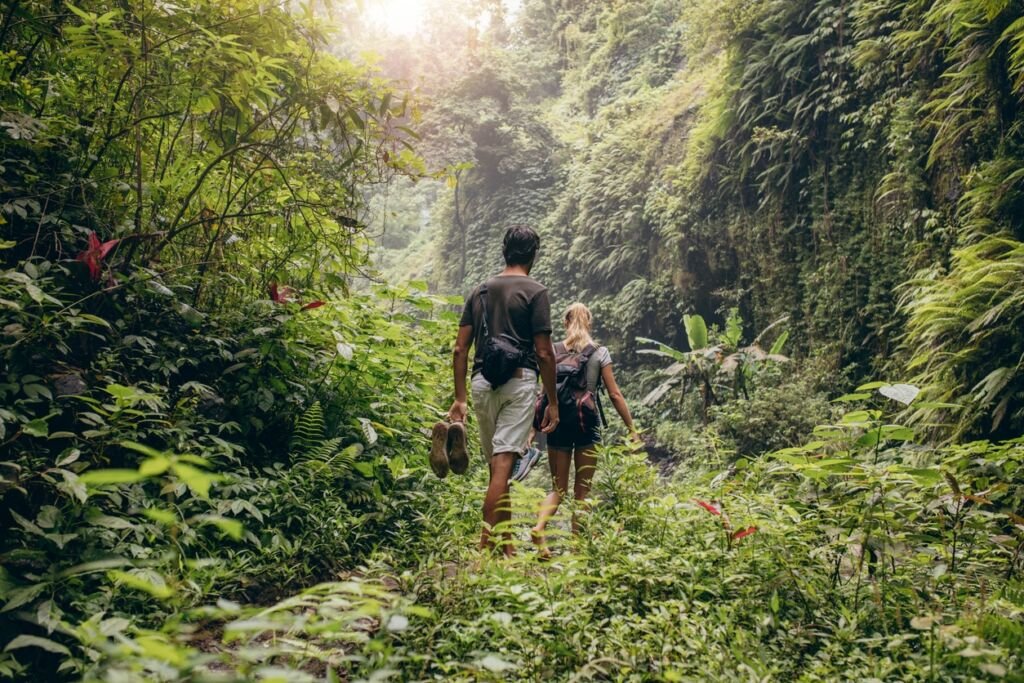
Common & Beautiful Animals In Haiti To Try & Find
1. Flamingoes
Flamingos have long, beautiful pink necks, enormous wings, short tails, and slender legs, and usually stand between 90 and 150 cm tall. And incredibly, you can find these iconic animals in Haiti!
They are incredibly social birds and flocks can be observed wading in groups at bodies of water like Lake Azuéi.
Flamingos make an impressive photo opportunity as they pass above, with their legs and neck stretched straight, resembling white and rose crosses with black arms. Make sure you have your camera charged!

2. Candy Cane Snail
The candy cane snail is a beautiful creature that is widespread on the island of Hispaniola – which is made up of the countries Haiti and the Dominican Republic.
This animal can only be found in the Haematoxylum campechianum tree (so that’s where to spot them!) and has a lovely, patterned, colorful shell. Unfortunately that makes this snail popular for collection and trade, both of which are illegal.
Despite spending most of its life in trees, it returns to the ground to deposit its eggs on damp soil.
The shells of this snail have actually been found in archaeological remains, indicating that it was a source of food for indigenous peoples.
Early European travelers to Hispaniola also took the pretty shells back home and it has been portrayed in scientific pictures since 1684, making it the first Neotropical snail that was properly documented.

2. West Indian Manatee
Christopher Columbus confused this aquatic creature for a mermaid when sailing to America!
The West Indian manatee has a broad, spherical body that shrinks at the tail, and has thick skin which is grey-brown in color. This species has a paddle-shaped tail, in contrast to the genetically similar Dugong which has a fluke-like tail.
West Indian manatees aren’t particular about territory and are a solitary species, but may sometimes be seen in loosely structured, transitory clusters. When forming into these group, they normally demonstrate no social hierarchy.
They are migratory creatures that roam from one location to another in search of food so you could spot them throughout Haiti – especially in slow moving water like rivers and estuaries. They sometimes rest on the water’s surface as well as the sea floor so keep an eye out when snorkeling, although they tend to be a rare sight.
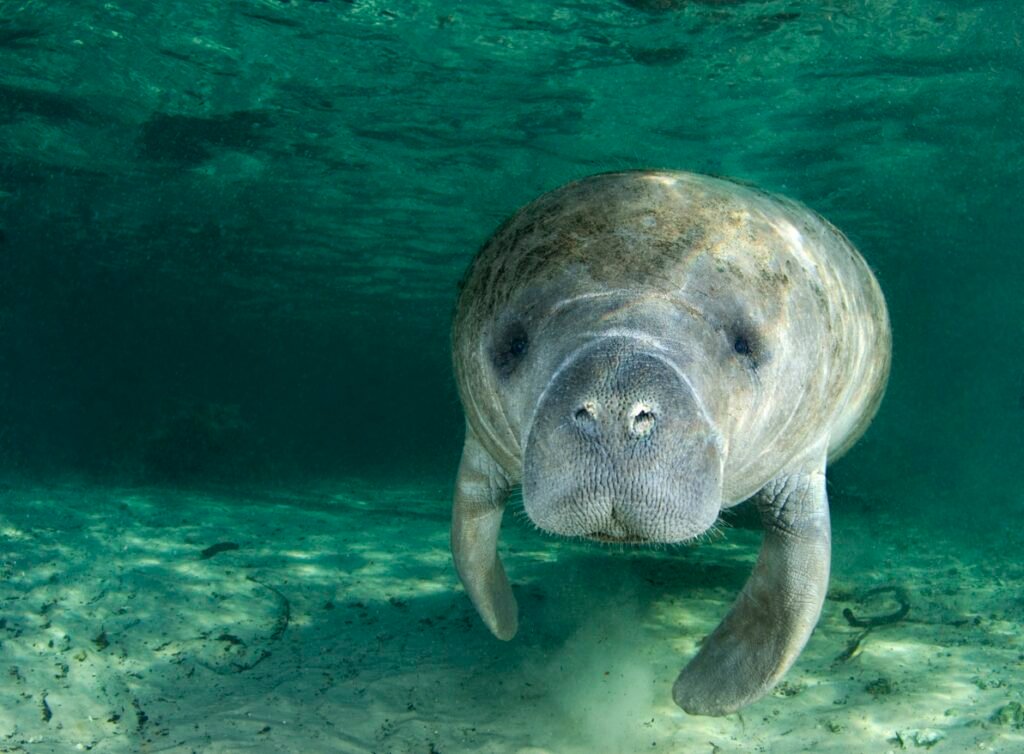
4. Greater Bulldog Bat
The greater bulldog bat or fisherman bat is a type of brown-furry bat found in Haiti that catches fish!
This bat utilizes ultrasonic waves to monitor the ripples of water that fish create, then scoops the fish up with a pouch between its legs and catches and clings to it with its strong claws.
It generates echolocation noises from the mouth and has a lengthy constant frequency of approximately 55 kHz, which is an extraordinarily high pitch for a bat this big.
Dusk is the best time to see this incredible creature as that’s when they fly over water to try and detect fish to catch.

5. American Crocodile
The American Crocodile which is native to the Neotropics is a huge animal that resembles its cousin, the alligator. Hatchlings are roughly 23 centimeters in length, while fully grown adults may grow to 4.5 meters or greater!
Crabs, turtles, fish, birds, snakes, and small mammals make up the adult crocodile’s diet. The juveniles eat watery invertebrates and tiny fish.
There’s several places to spot crocodiles in Haiti but one of the best is Lake Azuéi, which is where you can spot flamingoes too! You can also see crocodiles at Etang Saumâtre.

6. Hispaniolan Trogon
This brightly colored resident of montane woods in the mountains (and less commonly, mangrove wetlands) is the national bird of Haiti.
It is a very tranquil creature, frequently observed sitting straight and immobile, usually in couples. They are a largish bird with a beautiful red breast, emerald back, and blackish skull.
Unfortunately trogons are becoming rarer and harder to spot due to ongoing habitat loss, so if you see one you can count yourself as lucky.
7. Hispaniolan Hutia
The Hispaniolan hutia is a rodent that looks a bit like a guinea pig or a capybara, but they are actually the only species of hutia still alive in the world.
They’re difficult to find too. As not only are they endangered, but to evade predators the hutia hides away in rock crevices and trees, only coming out at night to forage for fruit and roots.
The hutia is also known as a “banana rat”. But not because bananas are the species’ main diet, but because its faeces are shaped like bananas.
Visiting the pine forests of southern and south-west Haiti will give you the best chance of spotting this elusive animal.
Dangerous Animals In Haiti To Avoid
One thing you should keep in mind when visiting Haiti is the fact this country is home to some dangerous animals. Here’s six to be aware of:
1. Gila Monster Lizard
The Gila monster lizard is actually the world’s most venomous lizard. In fact when the Spanish first saw it they believed its breath was deadly!
That’s not true, but a bite from this lizard is painful, and it may not loosen its grip for several seconds. The lizard may also chew on your flesh, so the venom sinks deeper into your skin.
Thankfully they don’t look for trouble and will hiss and expand their lips wide to warn off prospective predators – or tell you to back off!
You’re unlikely to come across one in Haiti on your holidays, but their preferred habitats are rocky desert scrubland and foothills.

2. Hispaniola Racer
The Hispaniola racer is the longest snake species in the West Indies, with an average length of 2 meters! It is dark in appearance, with a light-yellow underside.
These snakes eat a variety of food but their most common prey are lizards and frogs, although they also consume mice, boas, iguanas, and rats. When confronted, individuals may develop a hood and jump up, akin to Cobras.
Development and deforestation for charcoal production in Haiti, and predation by invading species such as wild cats and the Indian mongoose, have all contributed to the Racer’s population loss. In fact they can only be found in Haiti in the area of Tortuga.
One issue with this snake is that if it does bite you (which is rare as they are shy animals) and you don’t seek treatment, there could be complications, albeit those are extremely rare.
So consider seeking treatment just in case, and keep an eye on your symptoms if you are bitten. This type of issue is most likely related to allergies to the snake venom rather than the venom being dangerous.
3. Black Widow Spider
Black widow spiders are the size of a quarter and have a distinctive red hourglass marking on their abdomen. They are highly poisonous and typically like to live in dark, secluded areas outdoors, such as under rocks or debris piles, and in cool places like closets, basements, and garages.
They usually build their webs in areas where there’s lots of potential insects, like in between brick walls, under trash cans, and in bushy areas.
The bite of a black widow spider can be painful and potentially dangerous. The pain usually lasts several hours, but it may last for days or weeks in some people.
If you get bitten by a black widow spider, you should seek medical attention immediately. The venom can cause muscle spasms, nausea and vomiting for up to two weeks after being bitten, abdominal pain, fever and chills.
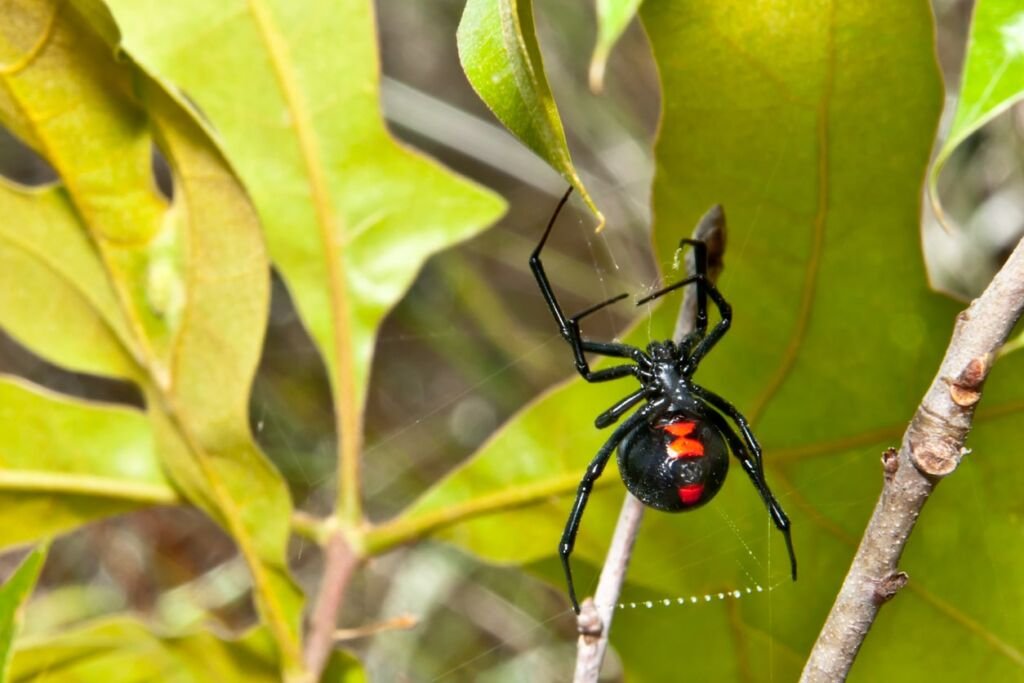
4. Mosquitos
Did you know that mosquito-borne diseases are the cause of more than 725,000 deaths across the globe?
That makes these buzzing annoyances the most dangerous insects in the world, and you will find them in abundance in Haiti. Their bites can not only cause itching but are also the carriers of dangerous diseases – including malaria, zika virus and chikungunya disease,
So if you are going on a hike through Haiti’s jungles or visiting rural areas in particular, make sure to cover your arms and legs with an insect spray. Do not let these little bugs ruin your holiday, especially at dawn and dusk which is when they’re most active.

5. Tiger Shark
Tiger Sharks can grow to almost 17 feet and weigh 1,400 lbs, so along with being extremely aggressive animals, they are very big and capable of causing a lot of damage. They can be identified by the dark stripes down their body that look like a tiger.
Outside of the Great White Shark, Tiger Sharks are considered the most aggressive and dangerous sharks in the world. They account for the second most attacks and fatalities of any shark species on the planet.
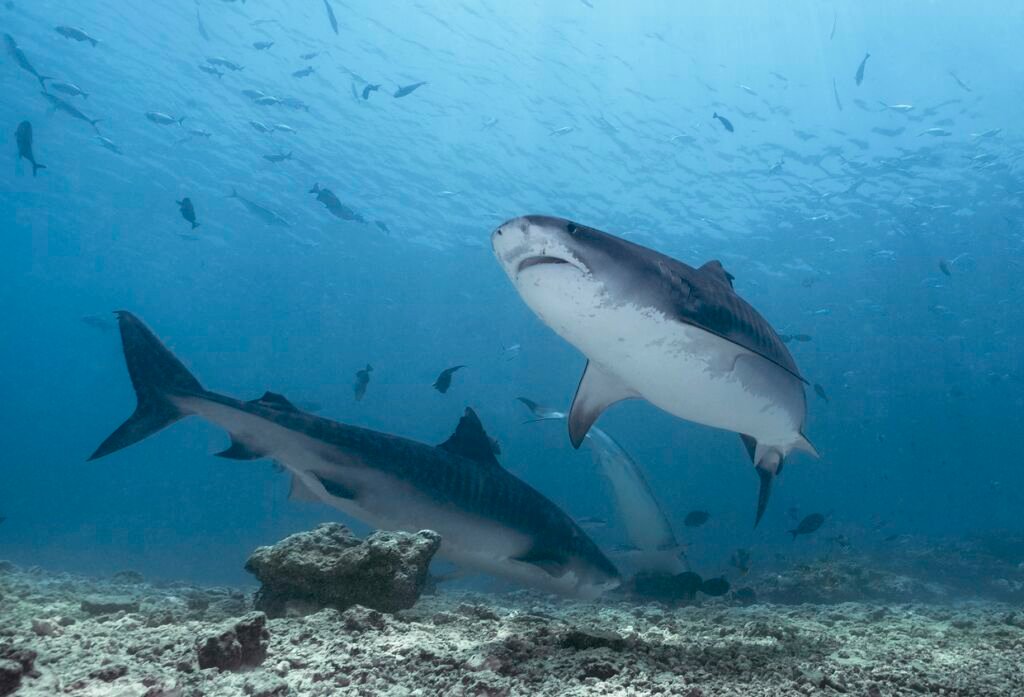
6. Hispaniolan Giant Tarantula
The Hispaniolan Giant Tarantula is one of the largest spider species in Latin America and it makes its home in the Dominican Republic and Haiti!
In Haiti it is called the Araignée-crab (crab spider) and they can be found throughout the country hiding under debris and rocks during the day, before coming out to hunt at night.
These giant spiders exhibit powerful hunting behavior and have long fangs. When hunting, they shake hairs from their abdomen and stick them into skin, causing massive irritation.
They use their fangs to inject venom into their prey. That venom then paralyzes their prey and begins to break down tissue. They eat by sucking out the softened insides of their prey.
When facing a person, they’re more likely to flee than to fight. However, they do occasionally bite humans. Their bite is extremely painful, but it rarely causes serious complications. However you should still seek out medical attention.

Endangered Animals In Haiti You’d Be Lucky To See
With continuing deforestation and soil degradation in Haiti, a huge number of native species in the region have become endangered.
Some of the animals in Haiti that are now endangered (and may become extinct) include:
1. Whitetip Shark
This type of shark is found in tropical and subtropical seas all around the world. It is a pelagic creature, often found offshore in the open water, on the outer continental shelf, or around oceanic islands in deep water areas.
However due to overfishing by commercial fisheries, the previously plentiful oceanic whitetip shark has seen rapid and severe population decreases throughout its habitat, especially in Haiti and surrounding areas.
Efforts at conserving the species are currently underway so that we can save this mesmerizing creature from extinction.
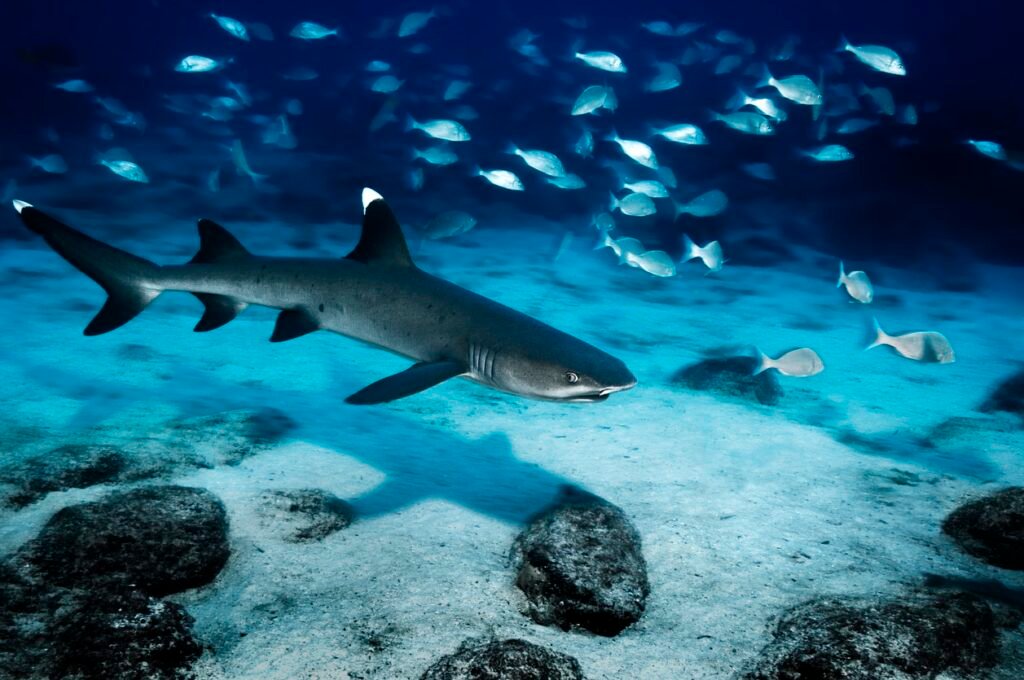
2. Hispaniolan Ventriloquial Frog
These frogs can only be found in one location on the planet: Haiti’s Pic Macaya National Park!
Unfortunately, no protection initiatives are presently underway for the Hispaniolan ventriloquial frog, and deforestation threatens its survival.
3. Bicknell’s Thrush
The Bicknell’s Thrush is the smallest of the Catharus thrushes and it was formerly thought to be a subspecies of the Grey-cheeked Thrush.
It has a very limited range and breeding ground in Haiti and direct habitat loss due to forestry, energy, and recreational development is now a major danger to this bird.
Approximately 80% of the migratory population of the Bicknell’s Thrush is situated in the Dominican Republic and Haiti, where decreasing forest cover poses a serious threat to the species.
While rare, they can be seen in rainforests in Haiti, where they like to sit on top of dead trees high above other trees to sing. So you may hear them long before you see them!
4. Giant Hispaniola Galliwasp
These skink-like burrowing lizards used to be found in big numbers across the Americas, Caribbean, Haiti, and the Dominican Republic. However, their numbers have considerably dwindled due to changes in the environment, decreased forest areas and green spaces, as well as developmental activities all along the island nation.
If you’re hiking in or tropical or sub-tropical moist lowland forests in Haiti keep an eye on the ground – you may be lucky enough to see one!
5. Casillon Robber Frog
The Casillon robber frog is native to Haiti, and is a species threatened by extensive habitat damage caused by clear-cutting, charcoal manufacture, and agricultural development via slash-and-burn methods.
This species is believed to still be found in the guarded Parc National Macaya, although there is no preservation management in place.
5. Hispaniola Solenodon
This tiny burrowing nocturnal creature looks like a big shrew and is exclusively found on the two islands of Cuba and Hispaniola. It is actually one of the few mammals in the world that is poisonous.
The solenodon, which was initially identified in 1833 in an untouched forest of southern Haiti, is an evasive and noisy species that is difficult to catch, especially during the day.
It is now highly endangered, with only a few sightings confirmed in the last decade. The best place to spot them is in wooded or brushy areas beside cultivated land.


